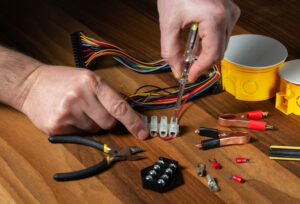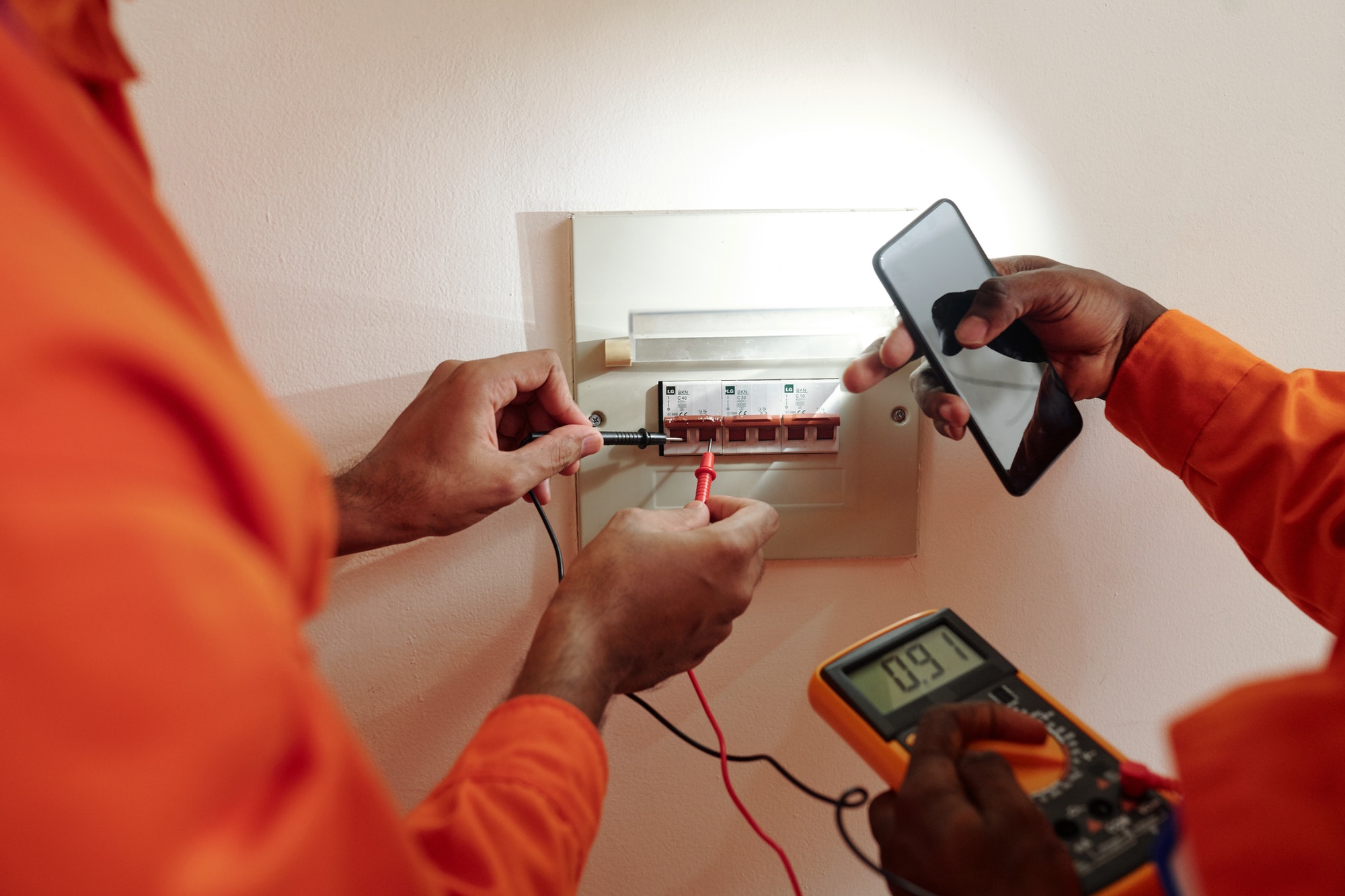In the digital age, the backbone of any business’s communication and data transmission is its cabling infrastructure. As technology evolves, so too must the data cables that support it. Upgrading data cables is not just about keeping pace with technological advancements; it’s about ensuring optimal performance, reliability, and scalability for future needs. Here are key considerations for businesses navigating data cable upgrades.
1. Assess Current and Future Network Needs
Before undertaking a data cable upgrade, it’s crucial to assess both your current network requirements and future growth projections. This includes evaluating the types of data being transmitted, the speed of your current network, and anticipated increases in data traffic.
Key Steps:
- Conduct a thorough network audit to understand existing performance and bottlenecks.
- Identify applications that demand higher bandwidth and faster data transmission.
- Plan for future technologies and increased data loads.
2. Choose the Right Cable Category
Data cables come in various categories, each offering different performance levels. Selecting the appropriate category depends on your specific needs and future plans.
Common Cable Categories:
- Cat5e: Suitable for small offices with basic networking needs, supporting speeds up to 1 Gbps.
- Cat6: Ideal for medium-sized networks requiring higher speeds, supporting up to 10 Gbps over short distances.
- Cat6a: Provides enhanced performance for larger networks, supporting up to 10 Gbps over longer distances.
- Cat7 and Cat8: Best for data centers and high-performance networks, supporting speeds up to 40 Gbps.
3. Consider Environmental Factors
The environment in which your cables will be installed can significantly impact their performance and longevity. Factors such as temperature, humidity, and electromagnetic interference should be considered when selecting and installing data cables.
Key Considerations:
- Outdoor vs. Indoor: Use outdoor-rated cables for external installations to withstand weather conditions.
- Plenum Spaces: For installations in air-handling spaces, use plenum-rated cables that meet fire safety standards.
- EMI: In environments with high electromagnetic interference, consider shielded cables to prevent signal degradation.
4. Evaluate Installation Practices
Proper installation is critical to the performance of your data cables. Poor installation practices can lead to signal loss, interference, and reduced network performance.
Best Practices:
- Professional Installation: Hire certified professionals to ensure compliance with industry standards.
- Avoid Sharp Bends: Prevent kinks and sharp bends in cables to maintain signal integrity.
- Cable Management: Use cable management systems like trays, racks, and ties to organize and protect cables.
5. Budget and Cost Analysis
While upgrading data cables involves an upfront investment, it’s essential to consider the long-term benefits and cost savings. High-quality cables and professional installation can reduce maintenance costs and improve network reliability.
Key Considerations:
- Cost-Benefit Analysis: Weigh the initial costs against long-term benefits such as reduced downtime and maintenance.
- Future-Proofing: Invest in higher-category cables to avoid frequent upgrades as technology advances.
6. Compliance with Standards
Ensure that your upgraded cabling infrastructure complies with relevant industry standards and regulations. This not only guarantees performance but also ensures safety and legal compliance.
Key Standards:
- TIA/EIA: Telecommunications Industry Association/Electronic Industries Alliance standards for commercial cabling.
- ISO/IEC: International standards for information technology and cabling.
- Local Building Codes: Adherence to local regulations and building codes.
7. Testing and Certification
After installation, thorough testing and certification of your data cables are essential to verify their performance. This ensures that the cables meet the required specifications and are free from defects.
Testing Procedures:
- Cable Testing: Use testers to check for continuity, attenuation, and signal loss.
- Certification Reports: Obtain certification reports from the installer to document compliance and performance.
Conclusion
Upgrading data cables is a strategic decision that can significantly enhance your business’s network performance, reliability, and scalability. By carefully assessing your current and future needs, choosing the right cable category, considering environmental factors, ensuring proper installation, analyzing costs, complying with standards, and conducting thorough testing, you can navigate the upgrade process effectively. Investing in the right data cable infrastructure today will position your business for success in an increasingly data-driven world.






